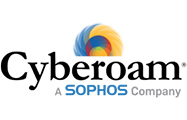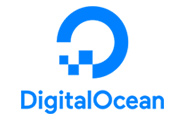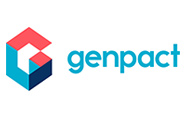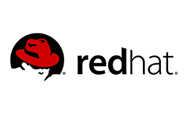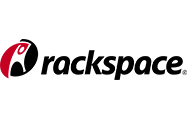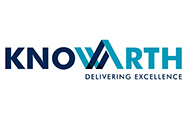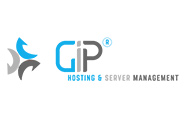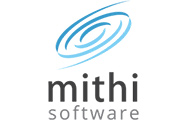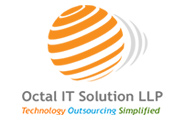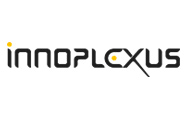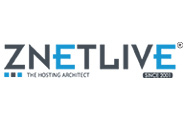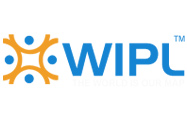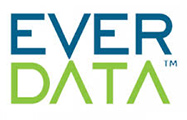Advantages of Full Stack Development Certification Training Course
₹ 2,50,000+
Average Salary per Annum in India
$ 50,000
Average Salary per Annum in USA
15,00,000
Job Vacancies across the world
1,00,000
Full Stack Developers in the world and the demand is increasing day by day
WHY CHOOSE FULL STACK DEVELOPMENT CERTIFICATION TRAINING COURSE IN AHMEDABAD?
When we talk about full stack, the two aspects that are high in demand today include MEAN and MERN. While the basics of both the aspects are quite similar, the one major point of distinction is when Angular with replaced with ReactJS. This full stack development certification training course in Ahmedabad is your key to unlock the true potential that this course holds, including opening up various doors to success.The right training and certification can lead you to success and that is exactly what will happen once you choose full stack web development MEAN program in Ahmedabad by Grras Solutions. Get acquainted with the top tools, techniques and technologies to get chances of working with the biggest and the best companies in the field across the globe.
Register NowAbout Full Stack Development Certification Training Course
About FULL STACK Development
| Tracks | Regular Track | Full Day(Fast Track) |
|---|---|---|
| Training Duration | 160 hours | 160 hours |
| Training Days | 80 days | 20 days |
There are no special
certification available in this domain by any International Company .Companies
that are providing the training in this domain, do provide their own
certification . Hence you will be provided with GRRAS Certification after the
completion of the training .
Full Stack Developers :
Applications build using MEAN stack are effective in time and cost as well as are easy to maintain. The primary responsibility of full stack developers is to design user interactions on website, developing servers and databases for website functionality and coding for mobile platforms.
MEAN Stack Developer :
Being a MEAN Stack developer, you are expected to develop web applications based on JavaScript and its internal technologies.
Angular JS Developers :
These Developers require the knowledge of open-source front-end web development and handling the challenges encountered in developing single-page applications.

Enrollment For Full Stack Developer
Job Oriented Program
Our Job Oriented Program is one of a kind and a unique program that offers you 100% job guarantee right after completing the certification program and training with us. It is one of our renowned programs for producing job ready and experienced candidates with apt technical and soft skill knowledge demanded in the prompt evolving IT and digital industries.
Apply NowFREQUENTLY ASKED QUESTIONS
Will I get job assistance?
At Grras Solutions, you get 100% job assistance. Experts and guidance counsellors help students in finding the right job. This is done so with by offering soft skills and personality development classes. Moreover, students get to retouch their resume writing skills and well as work under experts to learn more about how to crack interviews.
Q8. What is the course duration?
Our data science training and certification course are 200-hour long.
Who can apply for this course?
This course is open for: •Anyone with a bachelor’s degree interested in DevOps and cloud •Professionals who wish to grow in the field •Developers who wish to learn about Cloud Computing applications and build platforms •Product managers
Who is my trainer?
Your trainer is a subject-matter expert with the right experience and expertise. They are the best at what they do and will help you find success in the field.
What is full stack?
When you learn to design both the back-end and the front-end of web applications, it is referred to as full stack web development.
Should I have knowledge of Java?
While knowledge of Java is not a compulsion, it will definitely help and make the learning process easier.
What will I learn to do?
This course will give you skills and knowledge to rapidly prototype and release MEAN-based website applications.
Can I revise the course in the future too?
Yes, you can revise the course in the future too. With our lifetime membership, we provide this guarantee.
Do I get certified?
Since there is no official certification for this course, we offer you course completion certificate.
Should I go for online course or offline course?
If you are in a city where we have our centre, then you can join our offline course. However, our online courses are just as efficient.
What role would I play after this course?
After the completion of the course, you can choose either: * • Full stack developer * • Full stack engineer * • Web developer * • Software engineer * • Frontend developer * • Backend developer
Which skills will I master?
You will master: * • HTML programming tags/ HTML5 * • HTTP protocol * • CSS * • JQuery * • Web technologies * • CSS Selectors * • DOM Manipulation * • Event handling
Will I get to master any tools?
You will master quite a few tools including SQL, DevOps, MongoDB, Angular, CRUS, Linux, Node.js, CSS, etc.
Will I work on live projects?
Yes, you will be tasked with developing a web application and your trainer will help you in the same.


.png)
